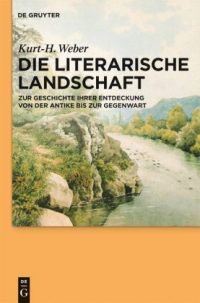Nothing New in Literary Landscape Studies
DOI:
https://doi.org/10.22029/ko.2011.641Abstract
'Landscape' has not always been there; it is in the Renaissance that it is first discovered as a concept as such. In constituting landscape, a central role is taken by visual arts and literature: it is due to mediation in arts that landscape becomes a pattern of perception. This study aims at tracing the history of literary 'landscape.' In doing so the author understands landscape as a natural landscape, and thus he incorporates approaches coming from the aesthetics of nature but without offering new results. The study also focuses on a comparison between literature and visual arts and their possibilities for representing landscape. In an exemplary section, literary landscape is examined in the works of German speaking authors Jean Paul, Adalbert Stifter, Theodor Fontane, and Arno Schmidt. The analyses make clear that landscape as a concept has to be negotiated again and again and that in this context the concept of nature becomes unsound.

Downloads
Published
Issue
Section
License
All articles (not book covers) in KULT_online from issue 50 on are published under the license Creative Commons Attribution 4.0. All published articles may be reused under the conditions of the license, particularly for commercial purposes and through editing the article (Human-Readable Summary). All authors (have) permitted the publication under the above mentioned license. There is no copyright transfer towards KULT_online. For all book covers specific rights might be reserved, please contact the respective publisher for any lawful reuse. All contributions published in issue 1-49 of KULT_online are free available online and protected by the German Copyright Law.



